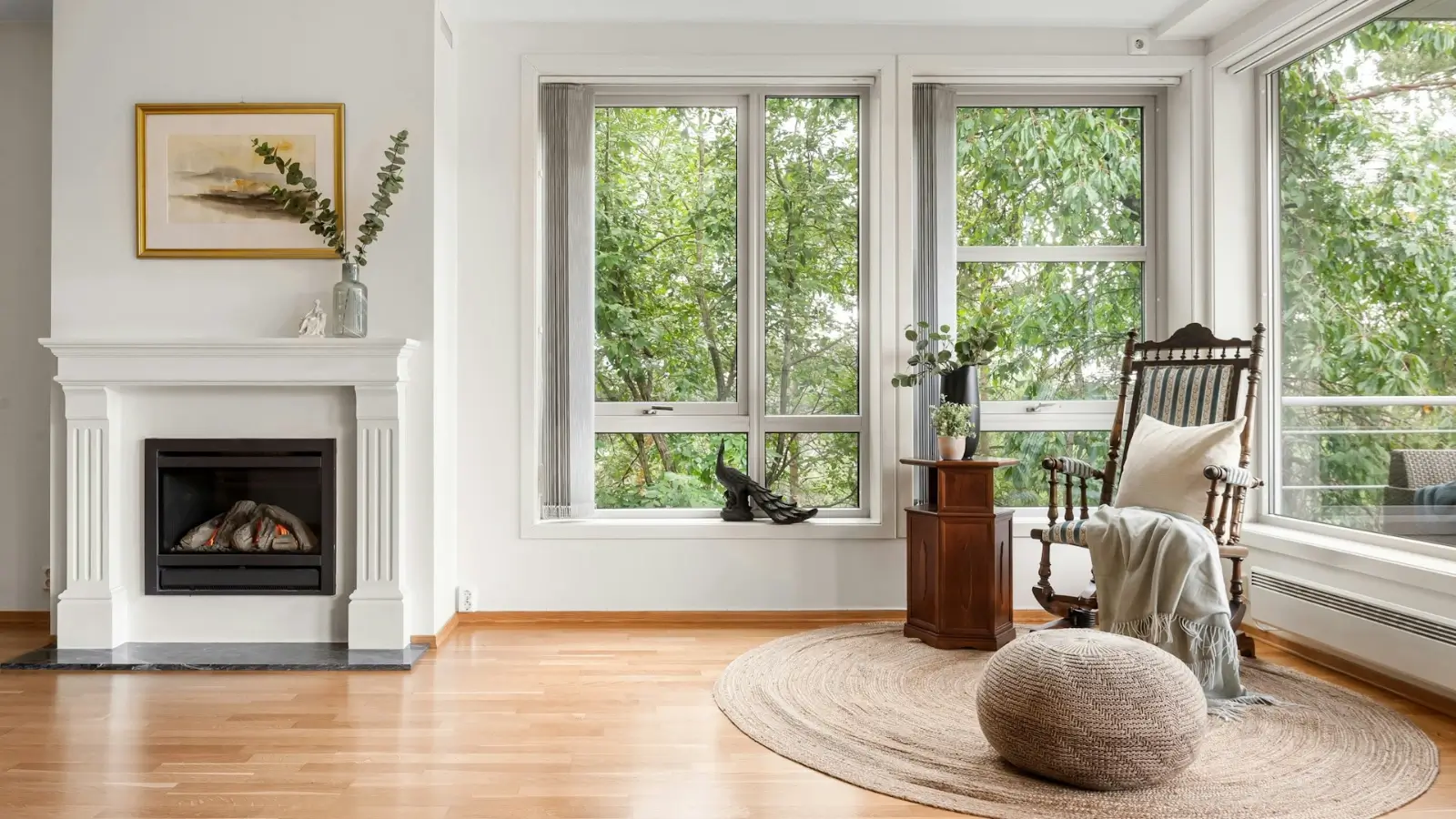


In today’s environmentally conscious society, energy efficiency is more crucial than ever, particularly in the realm of building design and renovation. One of the key metrics used to assess energy efficiency, especially in windows, is the U-value. This guide will delve into what U-values are, how they impact your choice of windows, and why understanding these values can lead to significant energy savings and enhanced comfort in your home or commercial space.
Energy efficiency refers to the use of technology that consumes less energy while delivering the same service output. In buildings, this encompasses various elements including insulation, heating systems, and particularly windows. Windows play a pivotal role in thermal performance as they can be a major source of heat loss or gain.
The U-value specifically quantifies how effectively a building element, such as a window, conducts heat. Lower U-values indicate better insulation properties, meaning less heat escapes during winter and less heat enters during summer months.
U-values are essential for several reasons:
1. Thermal Performance: They indicate how well a window will retain heat.
2. Energy Costs: Lower U-values can lead to reduced heating and cooling costs.
3. Comfort: Efficient windows contribute to maintaining a stable indoor temperature.
4. Environmental Impact: Improved energy efficiency reduces overall carbon footprints.
When selecting windows for your property, it is vital to consider their U-value as part of an overall strategy for energy efficiency.
U-values are expressed in watts per square meter per degree Kelvin (W/m²K). The measurement assesses how much heat passes through a square meter of the window for every degree difference between the inside and outside temperatures.
To determine the U-value:
1. Conduct a Test: Specialized equipment measures heat flow through the window.
2. Calculate Thermal Resistance: Each component (frame, glazing) is analyzed for its resistance.
3. Combine Values: Use mathematical formulas to derive the overall U-value based on individual component performance.
This rigorous testing ensures accurate data that reflects real-life thermal performance.
Several factors influence the U-value of windows:
1. Glazing Type: Single, double, or triple glazing significantly impacts thermal performance.
2. Gas Fills: Argon or krypton gas between glass panes enhances insulation.
3. Frame Material: Materials such as PVC, wood, or aluminum have different thermal properties.
4. Spacer Bars: The type of spacer bars used between panes can also affect performance.
Understanding these factors can help consumers make informed decisions when selecting windows for their projects.
When evaluating window options, it is beneficial to compare their U-values across various types:
1. Single Glazed Windows: Typically have high U-values (around 5 W/m²K), indicating poor insulation.
2. Double Glazed Windows: Average around 2 W/m²K and provide reasonable insulation.
3. Triple Glazed Windows: Offer superior insulation with U-values as low as 0.8 W/m²K.
Each type serves different purposes depending on climate conditions and budget constraints. For instance, regions with extreme weather conditions may benefit significantly from triple glazing that reduces heating costs substantially.
Improving the energy efficiency of your windows can be achieved through several methods:
1. Upgrade Existing Windows: Consider replacing single-glazed windows with double or triple-glazed alternatives.
2. Use Low-E Coatings: These coatings reflect radiant heat while allowing light to pass through.
3. Install Proper Insulation: Enhancing frame insulation can reduce heat loss further.
4. Choose High-Performance Frames: Opt for materials like vinyl or insulated aluminum frames that provide better thermal performance.
Wolfline Aluminium Doors & Windows offer a range of products designed with energy efficiency in mind, ensuring optimal performance without compromising aesthetics.
Examining real-life applications can illustrate the practical benefits of understanding and applying U-values:
1. Residential Renovation in Cold Climates: A homeowner replaced single-glazed windows with triple-glazed options and reported a 40 percent decrease in heating bills over one winter season.
2. Commercial Building Retrofitting: A corporate office upgraded its windows from double glazing to low-U-value triple glazing, which not only improved comfort but also earned them an energy efficiency certification.
3. New Builds with Advanced Technologies: A new residential development utilized Wolfline Aluminium Doors & Windows products featuring low-U values that contributed to achieving stringent sustainability targets set by local regulations.
These examples demonstrate not only cost savings but also improved indoor environments.
Wolfline Aluminium Doors & Windows stands out in the market for offering high-quality products that meet rigorous energy efficiency standards. Their commitment to innovation ensures that customers receive cutting-edge solutions tailored to their specific needs.
By selecting products with lower U-values from Wolfline Aluminium Doors & Windows, homeowners and builders alike can ensure that their properties achieve optimal energy efficiency while enhancing aesthetic appeal.
Looking ahead, several trends are emerging within window technology that promise further advancements in energy efficiency:
1. Smart Windows: Innovations such as electrochromic glass will allow users to control light and heat transmission actively.
2. Sustainable Materials: Increasing use of recycled materials in window frames will enhance sustainability efforts within construction.
3. Integrated Solar Technologies: Solar panels integrated into window designs could provide renewable energy solutions while still functioning as traditional windows.
These trends indicate a shift toward more sustainable construction practices aimed at reducing overall energy consumption.
Understanding U-values is essential for anyone involved in selecting or installing windows for homes or buildings today. By recognizing their significance and seeking out high-quality options like those offered by Wolfline Aluminium Doors & Windows, property owners can enhance both comfort and efficiency while contributing positively to environmental sustainability efforts within the construction industry.